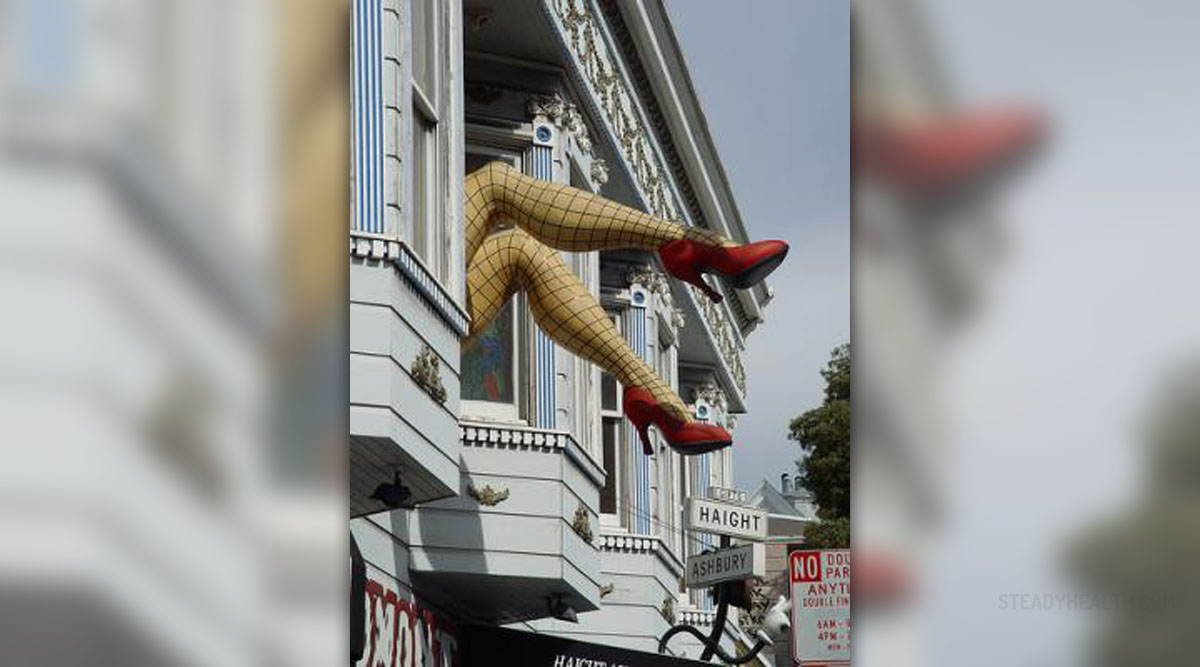
What are varicose veins?
Varicose veins are enlarged veins that can be dark purple or dark blue. They often look like meandering and callous cords. Varicose veins are swollen and develop on the skin surface. They usually appear on the calves or the leg inside. Varicose veins are a very common problem that affects 50 to 55% of women and 40 to 45% of men. After the age of 50, varicose veins occur in one of two people.Causes of varicose veins
A large number of factors influence the appearance of varicose veins. They include: if someone in the family suffers from varicose veins, hormonal changes during puberty, pregnancy or menopause, obesity, leg injuries, excessive standing, excessive sun exposure, light skin color.Why legs?
The gravity, pressure of body weight and veins' task to carry blood from the lower body parts up into the heart make leg veins especially sensitive to the appearance of varicose veins. Compared to other parts of the body, leg veins have an extremely difficult task of returning blood to the heart. They suffer a lot of pressure which can be higher than the power of venous valves.Symptoms
The most common symptoms are: throbbing pain, leg fatigue, feeling of pressure in the legs, swollen legs, feeling of stiffness in the legs irritating rash on the skin near varicose veins. If varicose veins are swollen, red or hot to the touch, if you believe that they cause problems in blood circulation in the legs, if they are near the joints, or if they cause swelling and wounds, you should contact the doctor.Complications
Varicose veins usually become larger over time and the situation continues to deteriorate causing health problems such as: severe venous insufficiency that occurs due to the slow blood return from the legs to the heart. This condition can cause blood clots and infection. Blood clots can be very dangerous because they can move from the leg veins to the lungs. This condition can be life threatening because it can endanger normal functioning of the heart and lungs. sores or ulcers of the skin and tissue around varicose veins. irritation, swelling and painful rash around swollen veins.Prevention
One cannot always prevent the appearance of varicose veins but may reduce the risk of the occurrence of new varicose veins. If legs are exposed to the sun, sun screen products should be used. Regular exercise, especially walking and running, increases the power of the leg veins and improve blood circulation. Body weight should be controlled because each extra pound intensifies the leg burdening. It is advisable to lift legs during the rest. Sitting for a longer period of time and crossed-leg sitting as well as standing for a longer period of time should be avoided. Tight-fitting clothes that pressures waist, groin or legs should also be avoided. Salty food should be avoided and food, rich in fiber, such as fruit, vegetables, and legumes should be increased.Treatment
Since the venous valves cannot be repaired or replaced surgically, the only method of treatment is varicose veins removal. Varicose veins should be removed in order to establish normal venous circulation in the surface veins. This prevents excessive blood flow into the deep venous blood flow and venous complications, associated with that. If there is an open wound, it will spontaneously heal in 4 to 6 weeks. Varicose veins should be surgically removed if they are visible and if the ultrasound determines the damage of venous valves.



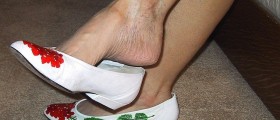

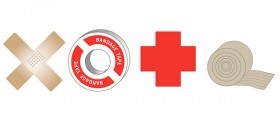


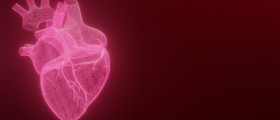
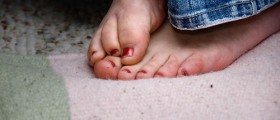
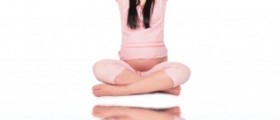

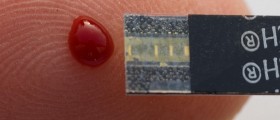
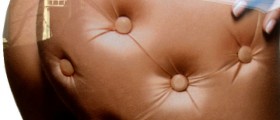

Your thoughts on this
Loading...